The Stage for Enlightenment
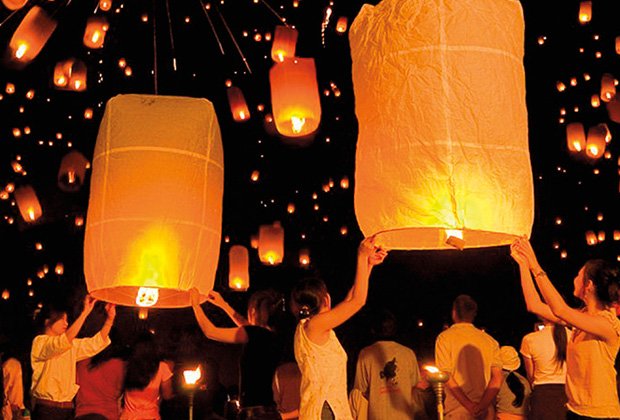

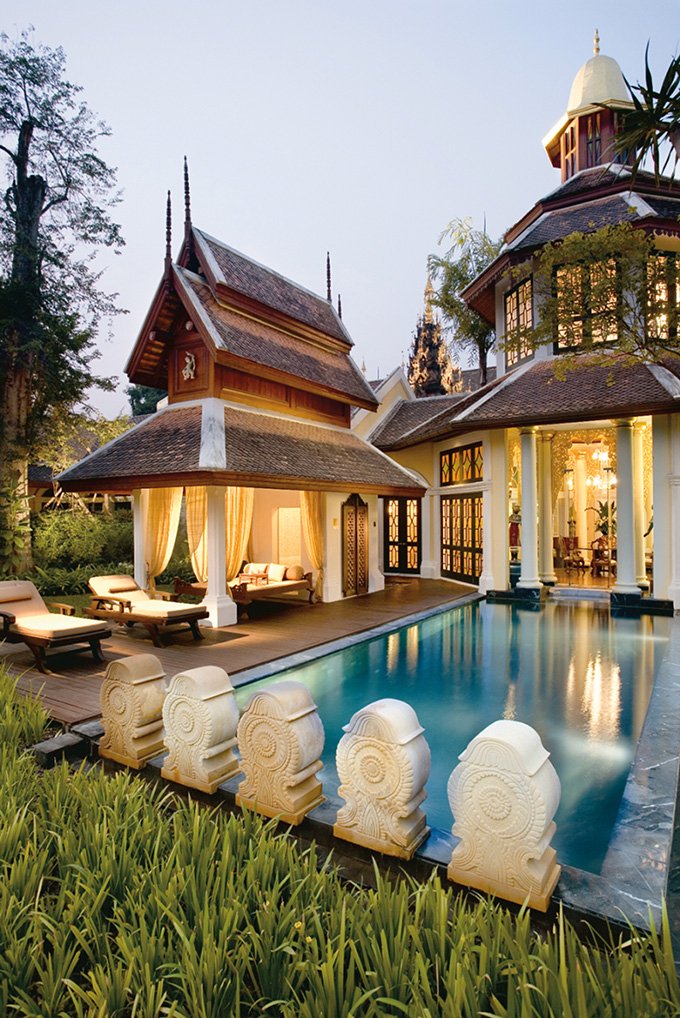
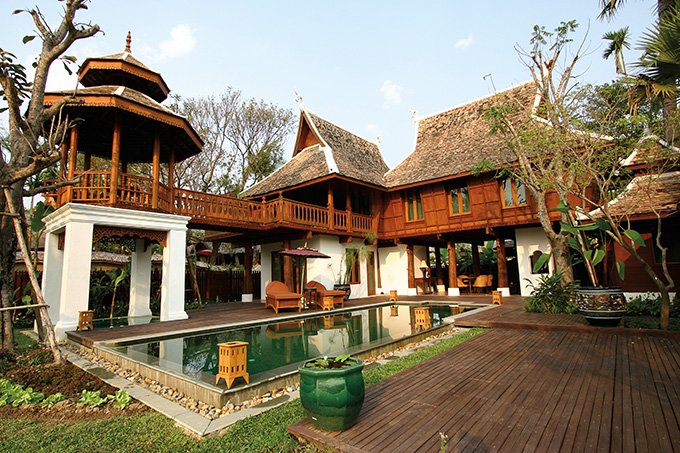
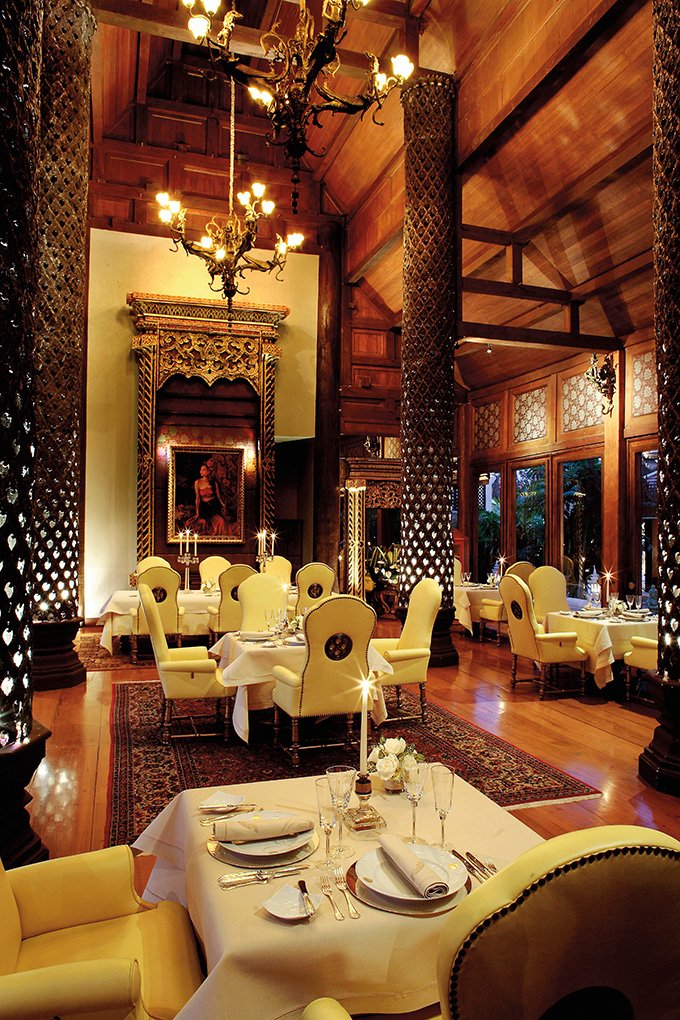

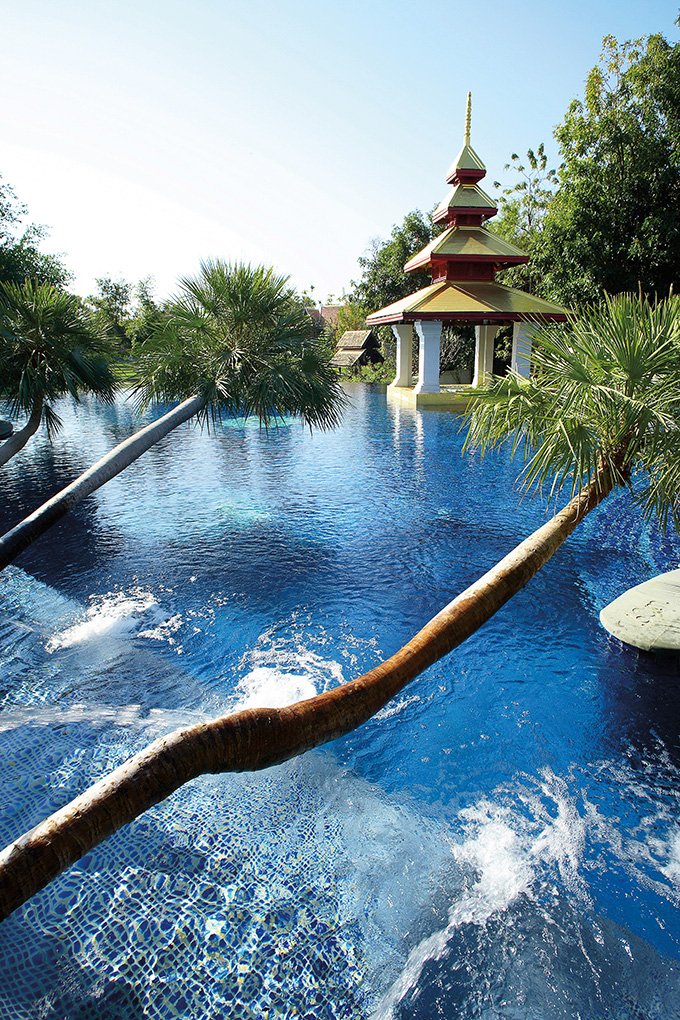
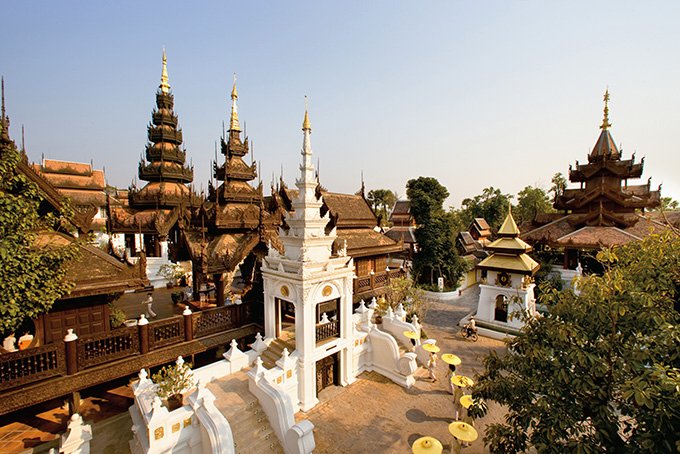
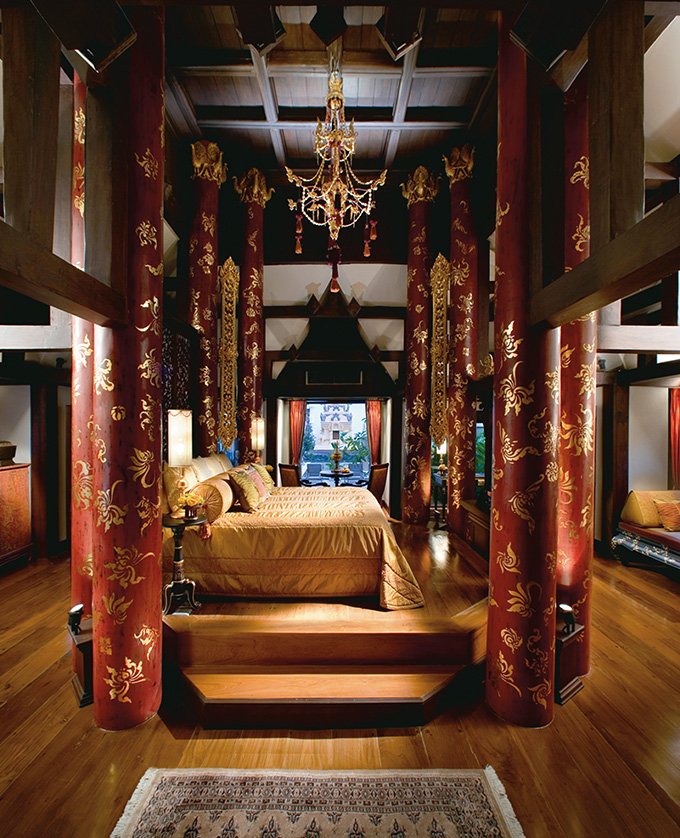

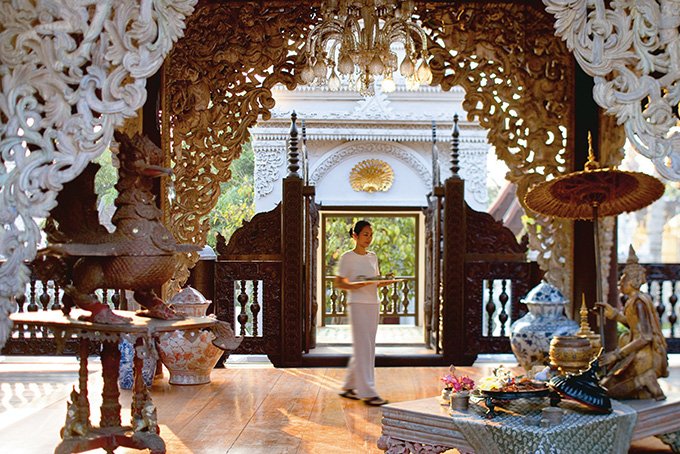

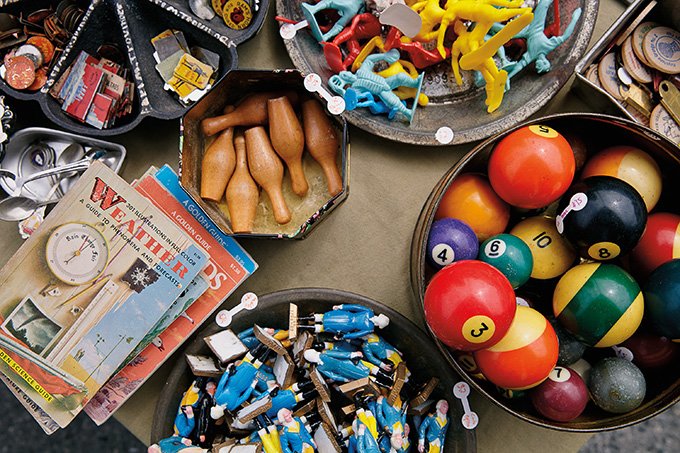
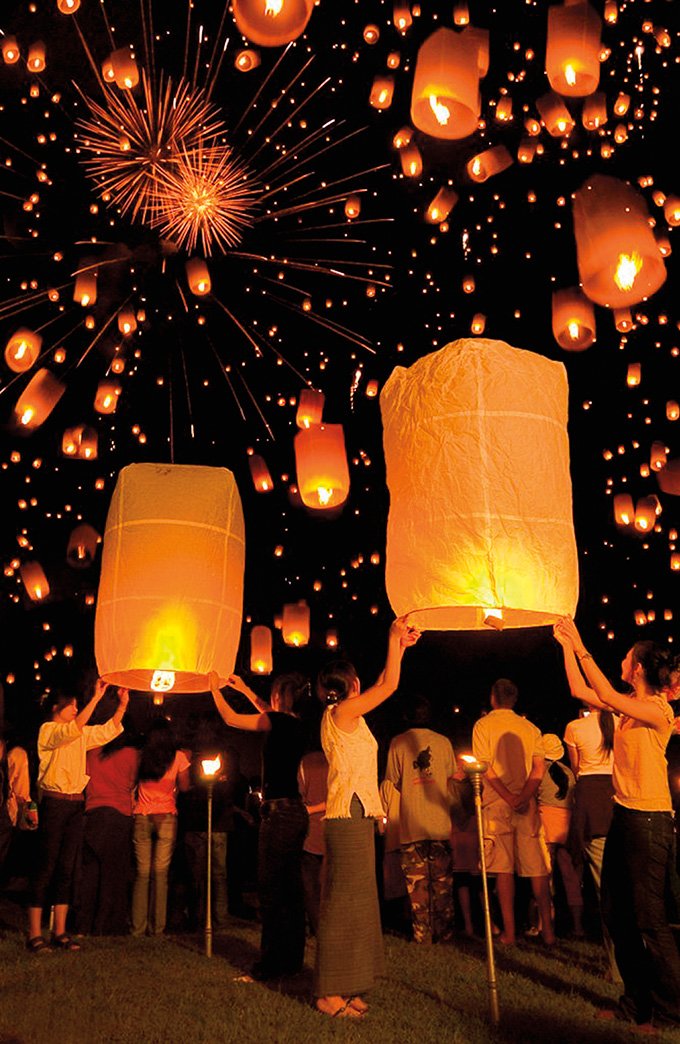
My husband draped his warm arm across my bare shoulders the very same instant a small tear began forming in my eye. We glanced at each other only briefly, exchanging a silent smile, before returning our gazes upward toward the night sky. The sky was illuminated with thousands of floating paper lanterns, one of which had just been in our hands only moments before we lit the small burner attached to its base to launch it into the air.
We watched in silence as our lantern floated effortlessly above our heads, joining the ranks of other lanterns as they brightened the sky above us. Neither of us could take our eyes off that little flame as it rose above its peers, knowing that if the lantern disappeared from view before the fire burned out it would be considered as a sign of good fortune and a symbol that our love would be eternal.
Seconds turned in to minutes, and soon we were left standing in each other’s arms, our lantern still burning imperceptibly behind the blanket of darkness above.
Yi Peng
Once a year, thousands of people gather together in Northern Thailand at the Lanna Dhutanka grounds behind the Mae Jo University in the San Sai district in Chiang Mai to participate in the Yi Peng (or Yee Peng) festival. The festival’s name is derived from the Lanna language (spoken during the former Lanna Kingdom that occupied Northern Thailand from the 13th to 18th centuries) in the north, where “Yi” means “second,” and “Peng” means “month.” Fittingly, the festival is held every year on the full moon of the second month of the Lanna calendar, generally falling over mid to late November on the Western calendar.
This Northern Thai festival coincides with the country-wide festival Loy Krathong, known best as the “festival of lights,” where Thai people in every region can be seen launching illuminated krathongs (small floating rafts built from the trunk of a banana tree and decorated with flowers, incense, and candles) into the rivers, lakes, and streams of the country as a symbol of drifting bad luck and misfortune from life.
Although Buddhists have adopted both festivals as a ceremony for honoring Buddha, each festival is celebrated by people from all walks of life, and it’s just as likely to see tourists and locals lighting lanterns as a sign of respect as it is to see Buddhists sending them off into either the sky or the water. Loy Krathong still occurs in Chiang Mai, but it is typically celebrated after the official night of the Yi Peng sky lantern release.
Planning the Trip
During the week of the festival, the city of Chiang Mai becomes a bustling Mecca with thousands of people who have made the pilgrimage in order to participate in this ancient and visually stunning festival. City hotels and chain properties became crowded quickly, so my husband and I opted for booking a room outside the city at one of the best-kept secrets in Chiang Mai, the Dhara Dhevi resort (dharadhevi.com).
The Dhara Dhevi is one of the most luxurious resorts in the area, located just 15 minutes from the Chiang Mai International Airport and only 10 minutes from the city center. The resort sits on more than 60 acres, where colonial mansions, Lanna-style villas, and award-winning restaurants are interspersed between fields of manicured lawns, working rice paddies, and lush tropical gardens.
A personal butler attended to our every need, where a buggy was only ever one phone call away to help us navigate this sprawling paradise. During the day, the resort acts as a city within a city with its own Kad Dhara shopping village and daily activities like an authentic rice planting experience. We spent the afternoon strolling the shopping village, thumbing through yards of locally-made silk and rows of antiques before ending up at the Dhara Dhevi Cake Shop to sample what was named “the best macaron in Thailand,” the most famous flavor being sticky rice and mango.
We received countless recommendations for the resort’s amazing Thai restaurant Le Grand Lanna—which once played host to Princess Diana—but decided to save a dinner reservation for another night as we had heard the Yi Peng festival had recently become a festival for foodies.
At Yi Peng
Although the lanterns don’t get released until 7:30 p.m., we were advised to arrive early to avoid the long traffic lines leading up to the remote field. With our tickets in hand, we stepped onto the festival grounds at 4 p.m. and were rewarded with instant access to the exclusive street-food-like fair.
We spent the better part of the next few hours in search of the best pad thai and thai khao kriab pak moh (steamed rice skin dump-lings) before making our way to our assigned seats in the lawn facing a stage set up like a crescent moon. At this point, around 6:30 p.m., the festival began to take a more somber tone as Buddhist monks lining the steps of the stage to starting chanting. Aside from the gentle crackle from strategically placed tiki torches, the monk’s voices were the only soundtrack to the official launching of the paper lanterns. As soon as we were given the symbol, my husband and I joined the crowd of new friends to launch our lanterns in unison. Although the festival seemed to go by quickly up until that point, life moved in slow motion while we watched the lanterns dance in the night sky.
Once the last lantern disappeared in the sky, we made our way back to our car, humbled by the fact that, at least for once in our lifetime, we were able to play a small part in such an enlightened experience.
